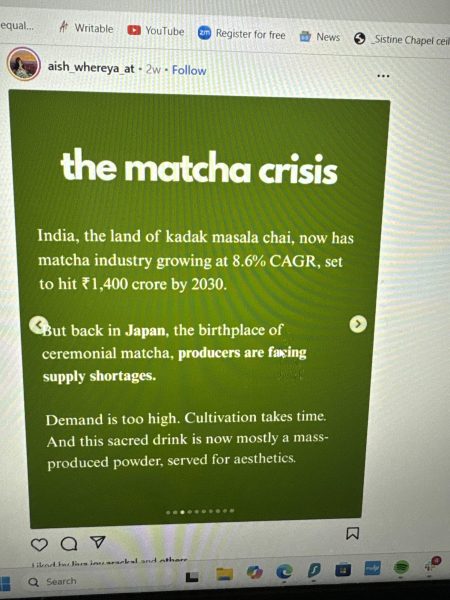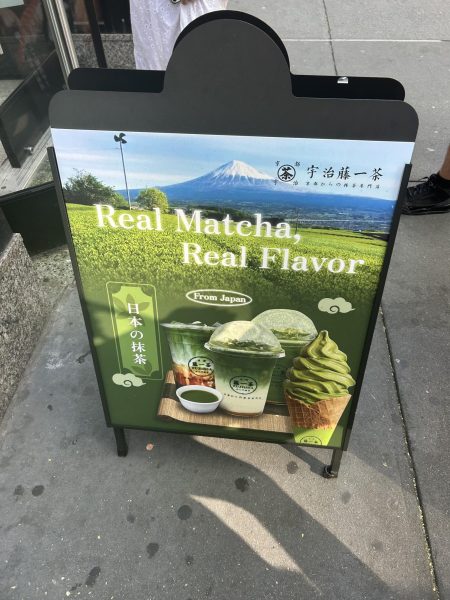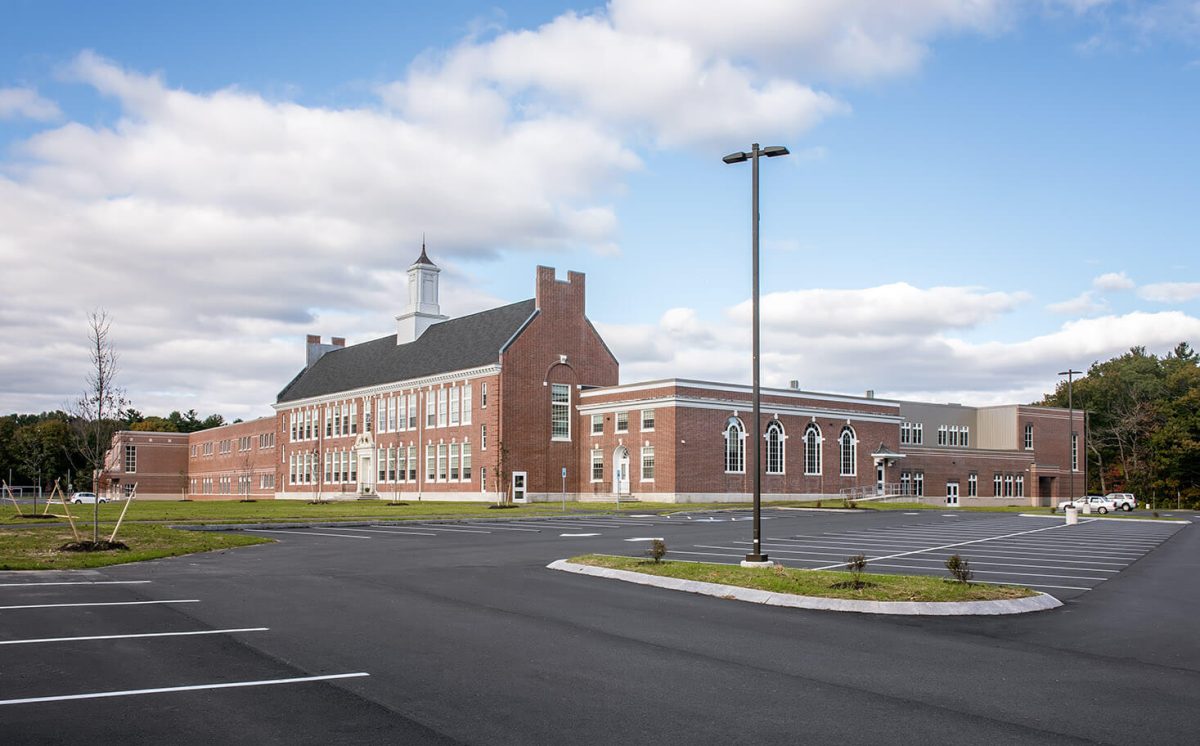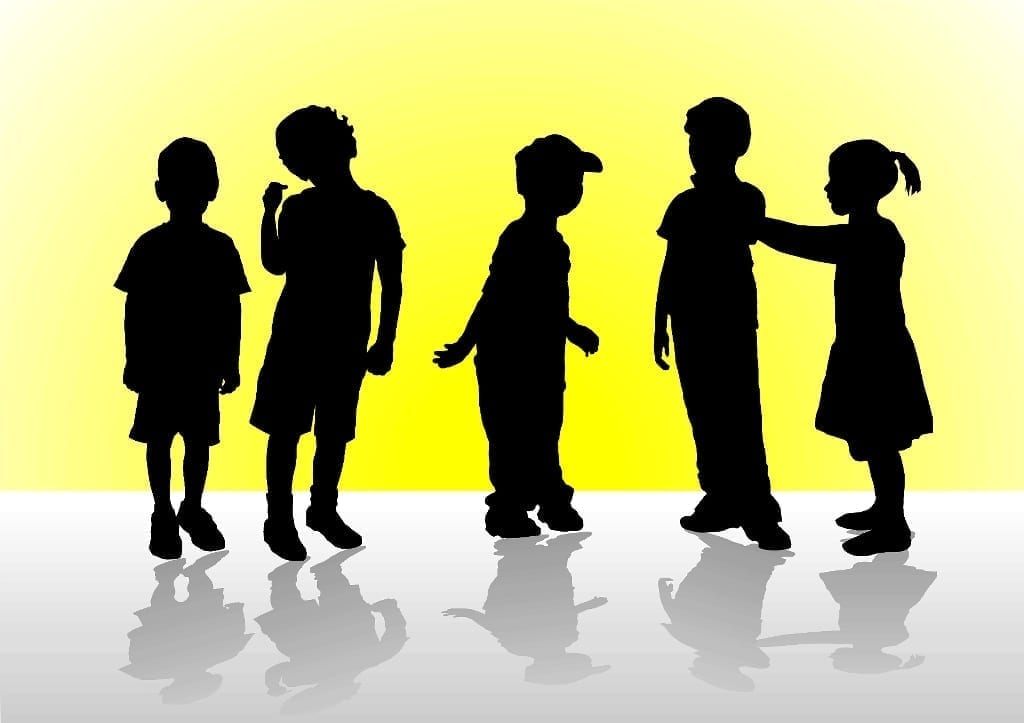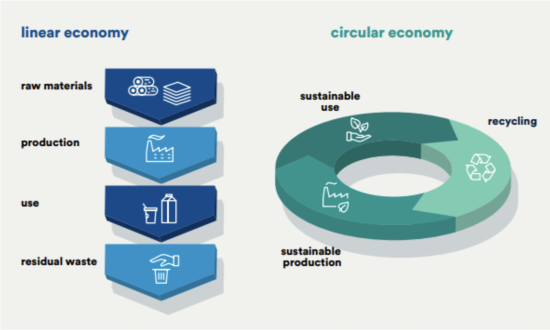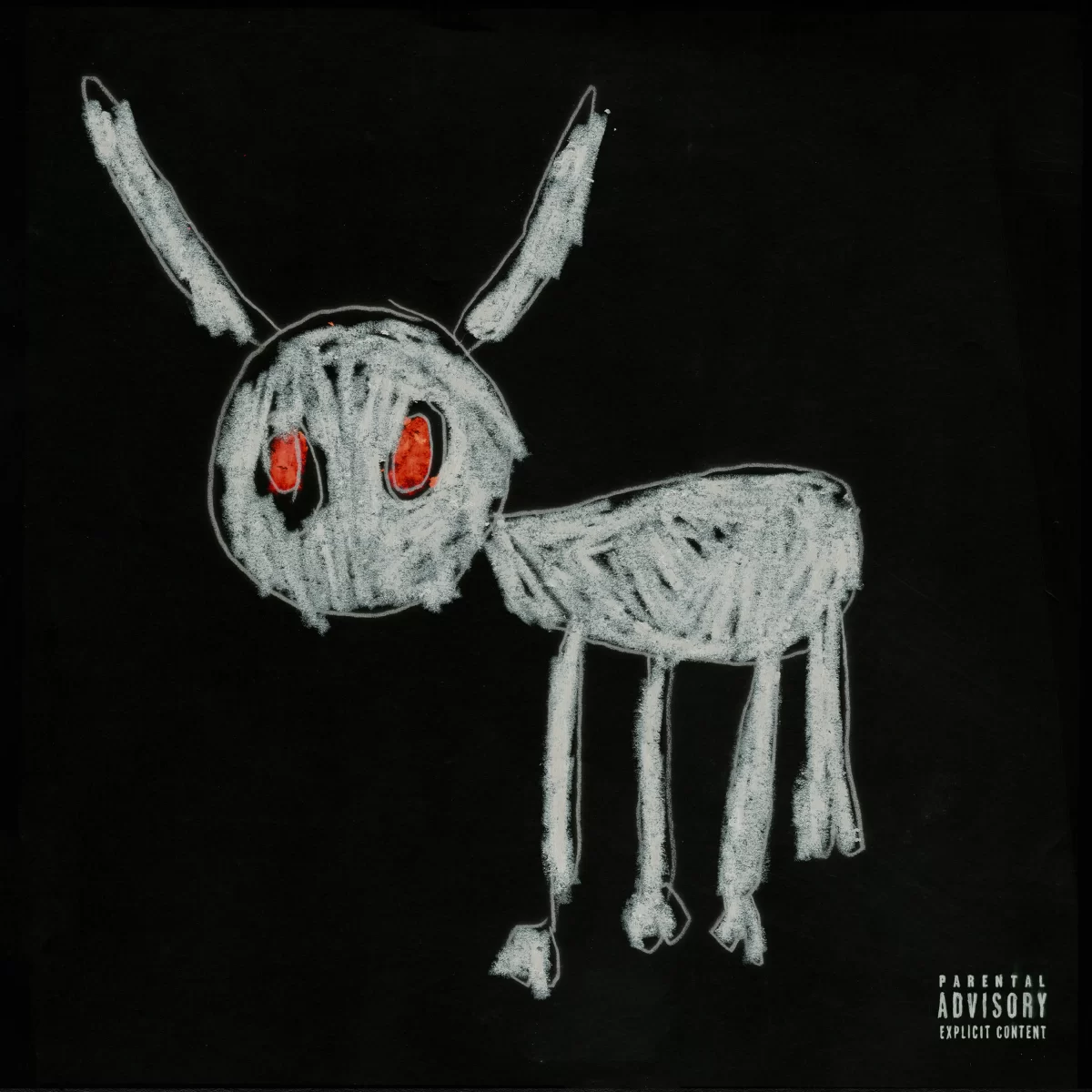Photo by Quinn Wherley, showcasing matchas from Blank Street Cafe.
We’ve all seen that vibrant, neon green potion that’s quickly become just as common in West Village as tiny dog strollers. Everyday, more New Yorkers seem to be ditching their usual, boring, and beige coffees, and opting for matcha – a drink that has been a staple in Asian societies for over centuries. According to Chalait.com, global matcha sales are expected to double in the next decade. Despite this, it begs the question: Is this ancient Japanese drink just the latest aesthetic trend, or something deeper? In speaking with General Manager of Cha Cha Matcha, David Cruz, he laughed in rebranding the typical New Yorker to no longer be “With a bagel and a coffee … Now everyone has a croissant and a matcha.”
Before matcha arrived in the Western world, it was a ceremonial staple in Japanese tea culture. It has been created from green tea leaves into a fine, vibrant, and overwhelmingly green powder. Unlike coffee, matcha isn’t brewed, but rather whisked. The duality of matcha’s health benefits, as well as lower caffeine dosage, has made it the newest drink fad.
When visiting popular cafes in the area, such as Cha Cha Matcha, La Colombe Cafe, and many others, matcha was everywhere to be seen. Everywhere, I noticed a common pattern: among the majority of drinks on cafe menus, matcha beverages were almost always the most expensive item. For instance, at La Colombe Cafe, a small vanilla matcha will cost you $6.50, in comparison to a small cappuccino, which will cost you $5.00.
The same pattern can be seen across other cafes, as the price of producing matcha is clearly reflected. This is because, quite simply, true matcha is costly to produce. The harvesting process of the vibrant green powder is laboursome and time consuming, and with matcha demand on the rise, so are the prices.
Post by @aish_whereya_at on Instagram.
David Cruz of Cha Cha Matcha was able to speak to this aspect of manufacturing, as he explained the process of partnering with a Japanese farmer to harvest matcha. “I think matcha culture should be on the authentic spectrum,” he said, “It’s very Americanized, like most other things are.” In speaking on his international partnership, Cruz said, “He’s allowed us to really experiment and grow the vision of ChaCha in a way that we want to, but also in the way that he would like us to.”
The demand for matcha has certainly expanded, but not all matcha is created equal. At Cha Cha Matcha, the employees display their matcha-making process as customers watch through a clear glass window, proving their authenticity.
Contrastingly, at Honey Brains in NoHo, barista Dani (who wishes to stay anonymous with her last name), spoke to the process of using their matcha from the company Somage, which retails between $75.00 and $129.75 per bag. This matcha-making technique, although differing from that of other cafes, is visibly not halting matcha sales, as out of the nine drinks on their specialty menu, four highlighted matcha.
At Cuppa Cafe, I spoke with Cathy Lin and Ashley Gulden– two friends sipping matcha lattes on a humid July afternoon. “I can’t drink coffee at all,” Ashley said, “So this gives me an option at cafes to drink something, not just hot tea.” When asked about Western matcha popularity, Lin (who is of Asian descent) said, “I think it’s definitely a trendy thing … but in Asian culture, we’ve been drinking matcha for a long time, in all generations.”
This idea of younger people siding more with matcha seems to be a thought of common interest, as the majority of people I spoke with felt the same. Dina, 29, was a woman whom I spoke with in Washington Square park. Originally from Dubai, she said, “There, [in Dubai,] coffee is very popular, but the new generation, there and here [West Village] is more into matcha.”
Even with its current rise in popularity, matcha remains at a crossroads: is it merely a passing trend, or the next staple drink in Western culture?
Photographed by Quinn Wherley, showing a sign outside of Fujissa, which depicts matcha goods sold inside the cafe.
Some, like Lin and Gulden from Cuppa Cafe see it sticking around. “I feel like it might be like any other tea, where it just stays,” said Gulden, as Lin nodded in agreement. But others, like General Manager and Owner of Merriweather Coffee + Kitchen, Bethany Vaters, aren’t so sure of matcha’s long-term stay. Vaters said “I feel like matcha gets more trendy in the spring and summer, .. it might always be around in some capacity, but [it will be] more popular seasonally.”
In leaving the city that never sleeps, I can only help but wonder if that title will still stand, as many New Yorkers have become more conscious about their caffeine intake. For some, matcha is a wellness tool, yet to others, it’s just a trendy instagram photo.
In the ever-changing landscape of New York, one thing is certainly clear– matcha has found its moment.


